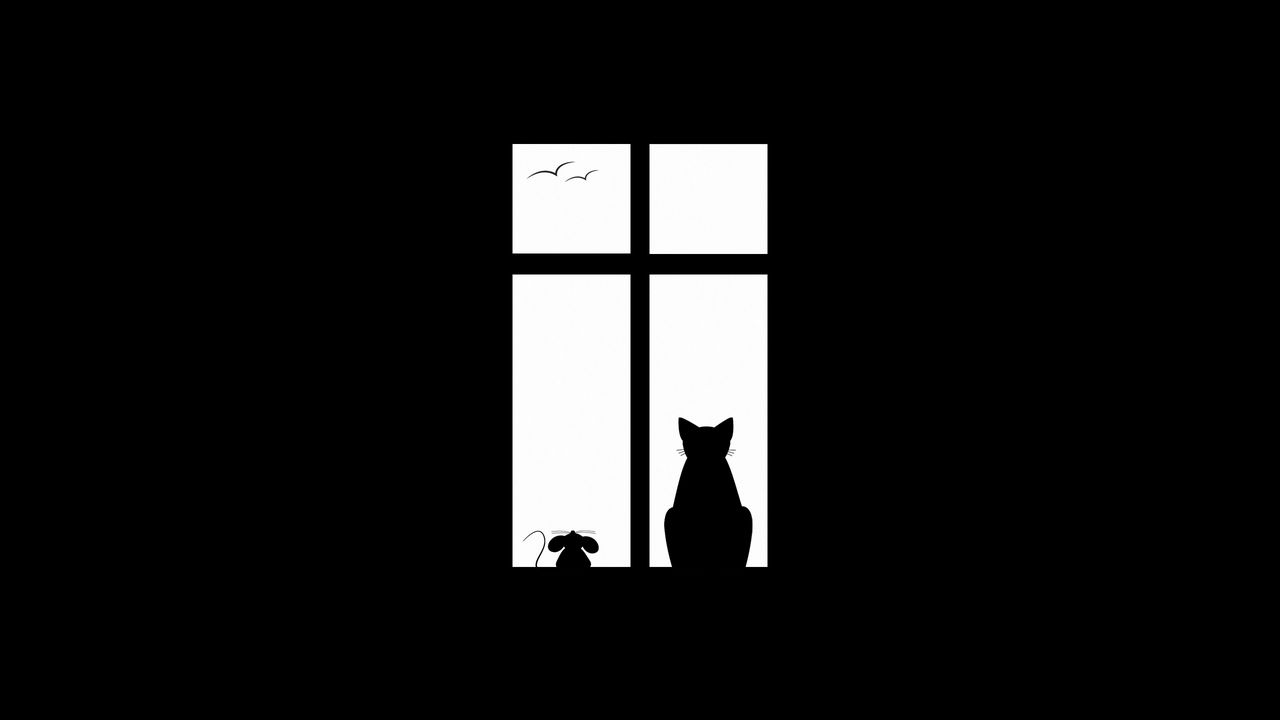我的世界1.18mod开发学习(2)-概念
服务端/客户端
首先,要了解服务端和客户端这两者代表着什么
- 客户端就是你正在玩的那个游戏,有丰富的图形,你的键盘鼠标的移动能带来游戏界面的变化。
- 服务端是用来连接多人游戏的地方,如果连接过我的世界服务器就应该能知道,游玩前需要输入一串数字或英文字母来连接到一个服务器,服务端就是运行在服务器(同样是一台电脑,但是与普通电脑会有点区别)上的一个程序,服务端一般没有丰富的图形界面,只有通过命令的形式交互
- 多人游戏就是多个客户端连接到一个服务端
- 顺带一提,就算是单人游戏也创建了一个服务端
种类
在forge官方文档中再将服务端和客户端进行了划分,分为
- 物理客户端:客户端进程,也就是你打开客户端exe后那整个程序
- 物理服务端:服务端进程,与物理客户端类似,但没有一个丰富的图形界面来游玩(搭建过的应该都知道)
- 逻辑服务端:用于控制天气,生物生成,生物的ai等等,在单人游戏里,一个物理客户端可以包含一个逻辑服务端以及一个逻辑客户端
- 逻辑客户端:接受玩家的输入,如键盘鼠标等,并反馈给逻辑服务端以及渲染,同时也接受逻辑服务端的内容进行渲染
不同的端需要进行不同的操作
在Level这个类下,有一个布尔类型的值isClientSide,通过这个布尔值可以判断当前是逻辑客户端(true)还是逻辑服务端(false)
对于逻辑服务端和逻辑客户端需要进行不同的操作,我的理解是,如果需要对玩家或者世界数据等进行修改,确保不在逻辑客户端。比如破坏方块对世界进行了修改,则需要确保不在逻辑客户端中运行了破坏逻辑
分开调用
物理客户端不能调用 net.minecraft.server.dedicated 下的类,物理服务端不能调用 net.minecraft.client 下的类,否则会导致崩溃,Dist用于区分是物理客户端还是物理服务端
1 | public enum Dist { |
单人游戏中逻辑服务端和逻辑客户端都会使用Dist. CLIENT
单面模组(不需要双方都有)
有些例子如失落的城市,只是世界生成,并没有新的方块等,所以可以直接放到逻辑服务端,通过添加以下代码(官方给的)
1 | ModLoadingContext.get().registerExtensionPoint(IExtensionPoint. DisplayTest.class, () -> new IExtensionPoint. DisplayTest(() -> NetworkConstants. IGNORESERVERONLY, (a, b) -> true)); |
服务端和客户端的区分蛮多的..
资源
分为两个,一个是用于视觉的,放在逻辑客户端上,称为assets,一个是用于玩法的,放在逻辑服务端上,称为data,assets由资源包控制,data由客户端控制,默认情况下,assets和data在src/main/resources下,需要确保你的assets和data路径下都是蛇形命名,单词间以_分割,比如iron_ingot代表铁锭
ResourceLocation
这个为类,具体在前面的文章介绍过,现在直接复制过来:
1 | public class ResourceLocation { |
截取了一部分源码,其中有namespace和path,可以认为前面的是命名空间,为mod id,后面为你为这个方块/物品命名的名字。两者通过: 合并,如我的世界中泥土这两者应为minecraft以及dirt,这一点可以通过IDEA debug认证:

可以看见namespace为minecraft,path为dirt,合在一起为minecraft:dirt
在哪
通常需要将材质放置在assets/“namespace”/“ctx”/“path”下,namespace和path为ResourceLocation里对应的字符串,ctx为一个特定的路径,放一张截图作为参考:

父目录为namespace,截图来自吸血鬼模组的assets,如果你现在要添加一个物品叫做铁匕首(iron_dagger),命名空间为mod id叫做 examplemod,则models下的item需要放置一个json文件作为描述这个材质内容,接着在textures下的item放置你的具体材质图片,如json文件为
1 | { |
则需要在textures下创建一个item文件夹(此处的文件夹名与上方json里的layer0那一行的item相同),里面放置你的材质图片并命名为iron_dagger.png,此处只举例了item,还有诸如Block等
数据包
官方文档没怎么说明,日后自己需要开发时会补充
语言
我的世界的语言界面由许多的语言,在这里将介绍如何写国际化的语言(英语)以及本地化(中文)
位置
位于assets/“namespace”/lang/“locale”.json,比如namespace为examplemod,locale为中文,则路径为assets/examplemod/lang/zh_cn.json
locale:
- 英文:en_us
- 中文:zh_cn
官方给出的样例:
1 | { |
examplemod为mod id,需要注意的是,注册不同类型的,比如方块和物品,前缀会不一样
可以通过覆写getOrCreateDescriptionId来建立你的,比如在Item中,默认的为
1 | protected String getOrCreateDescriptionId() { |
可以通过覆写为
1 |
|
或者
1 |
|
如果覆写成了第二种,当你继承你写的这个类并添加item时,翻译应为
1 | { |











